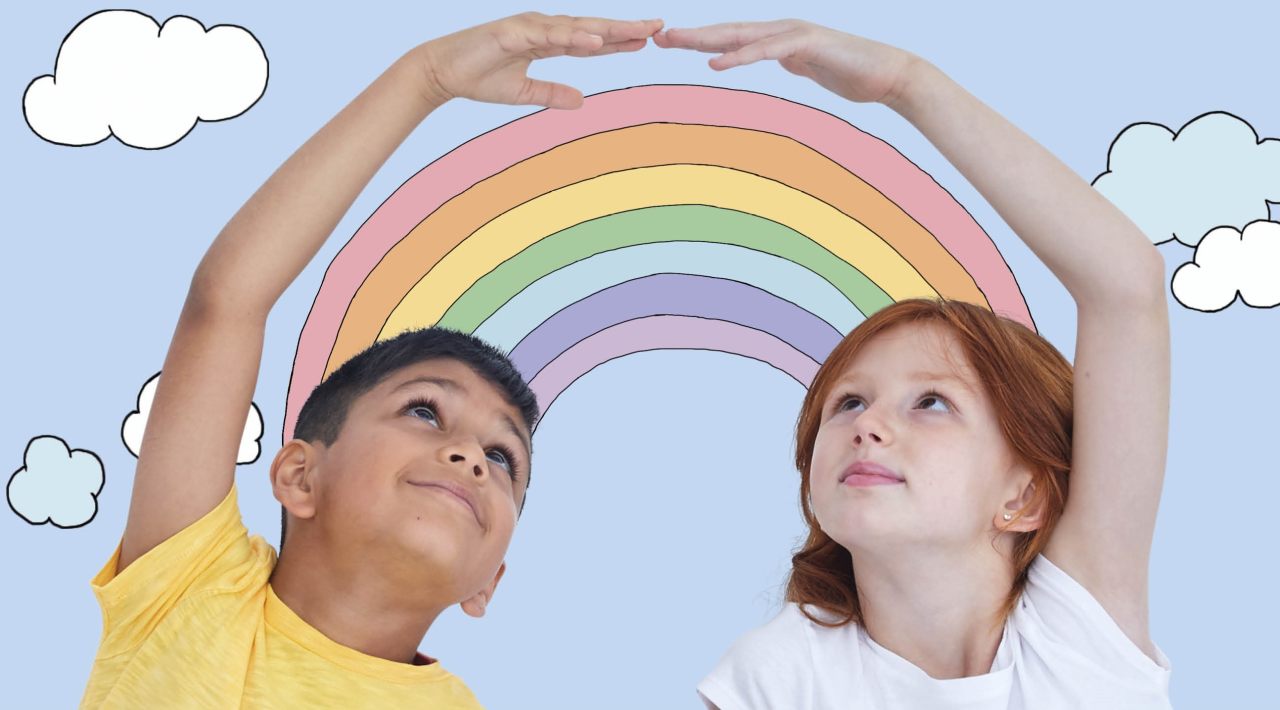Article Post
Jan 25 2022
Mindfulness in the Classroom
Ways you can help children manage their emotions

Mindfulness is a big word for a simple idea – paying attention to the present moment. Understanding the science behind how your body feels when stressed, and learning some simple techniques on how to cope, can help the children you teach feel supported and calmer.
In these challenging times, it can be easy for children (and teachers!) to feel overwhelmed, and statistics show that the number of children developing mental health issues is increasing.
It’s useful to have some calming activities in your repertoire to use when children feel unsettled or unfocused. Whether this involves encouraging positive self-talk, leading a simple stretching or breathing activity, or five minutes of mindful drawing, there are many ways you can help children manage their emotions.
1. Understanding the science of emotions
Feelings affect us every day, so it’s good to find out about them. Scientists say all human behavior can be broken down into four basic emotions: happiness, anger, fear, and sadness.
These emotions begin deep inside your brain, but can affect every part of your body.
Ask the children in your class how their body feels when they are anxious, angry, or upset. Explain that when you are worried, your brain sends signals to make you feel stressed, so you can react to that stress. Your breathing can quicken, and your heart beats faster, making you feel anxious. A few slower, fuller, belly breaths can help you calm down since this tells your brain that you are okay and safe.
One way of doing this is to get children to think of their breath moving in and out like waves on a shore. Ask them to keep the picture of the ocean in their mind as they watch the smooth waves roll in and out.
2. Glitter Jar
Our minds are easily filled with busy thoughts. Too many things going on in your head can be distracting, or feel overwhelming. Filling a jar with glitter, water, and glue is a good tool to use to help children settle their feelings, so why not make one with your children that they can reach for when they are struggling to think clearly?
They shake the jar and patiently watch the glitter fall. Encourage them to think about how they feel as the glitter settles, or to count how many breaths it takes before it stills.
3. Sharing a story
Reading a book with a child is a powerful way to broaden their understanding of emotions and take ownership of their own. Helping children to think about how a character might be feeling through gentle questions and prompts such as “When have you felt like that?” and “What was it like to feel this way?” allows them to deepen their emotional literacy.
Each time a child you teach identifies an emotion and the way it makes them feel, why not add it to an emotions dictionary? This will empower them to have the language they need to explain exactly how they feel.
One of the simplest ways to control our feelings is to recognize them first.
4. Pause and pay attention
When you want your class to slow down, get them to practice focusing on the world around them.
Prompt them to take five minutes to pay close attention to different objects in the room, letting their focus be like a spotlight that rests on one thing at a time, noticing its color and shape. This will help children to practice being in the “now.”
If you are able to, take your class for a “noticing walk” outside, and encourage them to concentrate on their senses. What do they see, smell, hear, and feel?

5. Stretching is a superpower
It’s common for our shoulders or neck to feel tight when we’re stressed. Simple stretches help loosen up and calm the body – and there are some that you can do while sitting down. Show the children how to shrug their shoulders up to their ears, then drop them back down, letting out a big sigh.
You could also model a seated side stretch, reaching your arms up and over from side to side as you breathe in and out.
6. Motivational mantras
Positive thinking is powerful – it helps you feel happy, confident, and in control. Promote positivity in your classroom by asking each child to say one thing that has gone well that day, or encouraging them to write down their own affirmations of things they are good at or proud of.
You could put these affirmations into a “happiness jar” for the class to dip into whenever they need a boost.
7. Here are some free extra resources:
Wellbeing at Home: Positive Thinking and Staying Calm
Click here to download and print

Wellbeing at Home: Yoga for Kids
Click here to download and print

